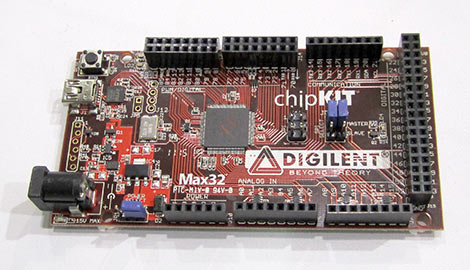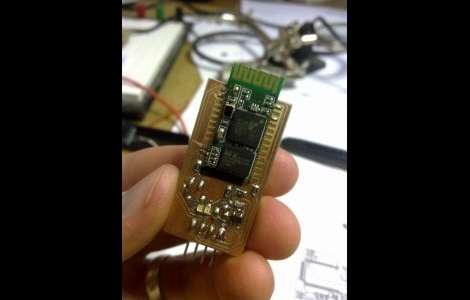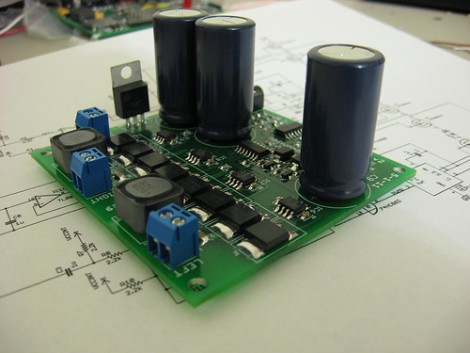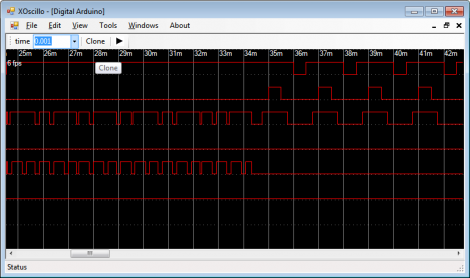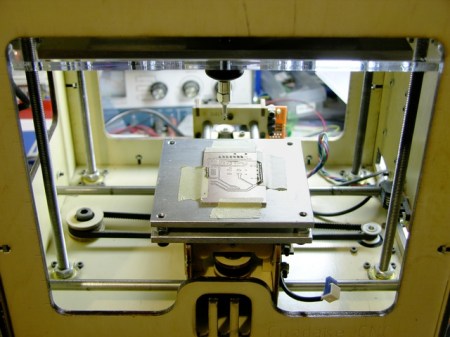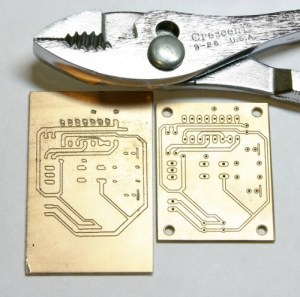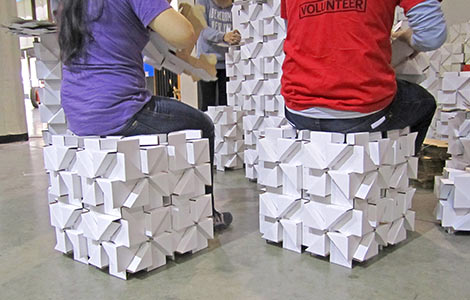
Not every cool hack needs to involve microcontrollers, LEDs or other bling. We were initially drawn to the Bloxes display simply because we love a good multipurpose construction set, whether it be Lego, 80/20 aluminum, or in this case, a system of interlocking cubes formed from six identical pieces of corrugated cardboard, cut and scored in such a manner as to form a surprisingly sturdy little building block. They can become simple furniture, groovy Logan’s Run-style room decor, or the all-important kids’ forts…then later dismantled and made into something else.
Continue reading “BAMF2011: Bloxes, A Building Kit With A Nifty Pedigree”

